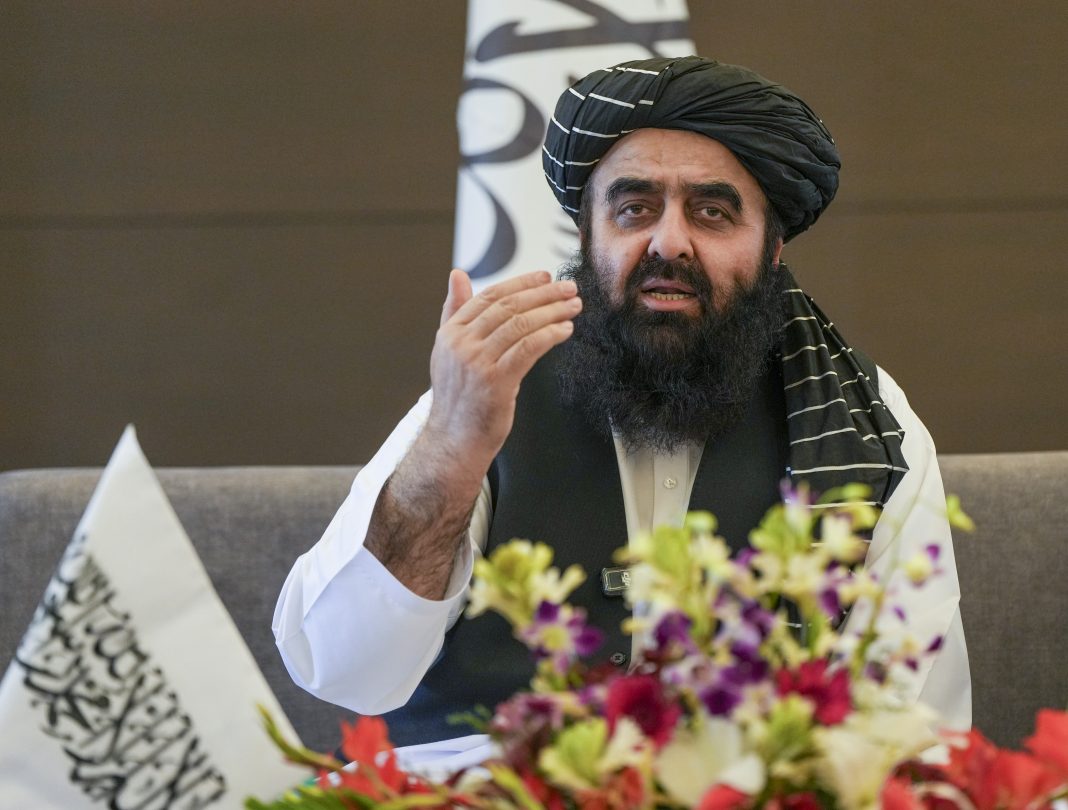By Dipak Kurmi
The United States has embarked upon a transformative restructuring of its immigration policy through a substantial increase in H-1B visa application fees, raising them to $100,000. This policy shift represents far more than a mere administrative adjustment; it constitutes a deliberate strategic maneuver designed to restrict immigration flows while simultaneously creating enhanced employment opportunities for American citizens. The ramifications of this decision extend across multiple dimensions of the global technology landscape, affecting not only individual visa holders and their employers but also reshaping the competitive dynamics of international tech markets and the future trajectory of American higher education.
The H-1B visa programme, originally established through the Immigration Act of 1990 and subsequently modified by the American Competitiveness in the Twenty-First Century Act of 2000, was conceptualized to address a fundamental challenge facing American industry: the shortage of skilled workers in critical sectors, particularly technology. The programme enabled American companies to recruit qualified foreign professionals for temporary assignments, ostensibly filling gaps in the domestic labor market that could not be adequately addressed through local hiring alone. Over time, India emerged as the predominant beneficiary of this system, securing more than 70% of all H-1B visas issued, establishing a pipeline that has profoundly influenced both American technology companies and India’s burgeoning information technology sector.
Understanding the full implications of this fee increase requires examining four distinct stakeholder groups, each facing unique challenges and opportunities as this policy unfolds. The first group comprises Indian visa holders themselves, whose career prospects and life trajectories hang in the balance. The second category includes Indian technology companies, which must now recalibrate their cost structures and service delivery models for American clients. The third group encompasses the major American technology corporations that compete globally for exceptional talent. Finally, young American graduates entering the skilled labor market face their own uncertain future, one that may not align with the rosy promises implicit in protectionist rhetoric.
The economic logic underlying the original H-1B programme contained an unspoken but fundamental assumption: foreign workers would prove substantially cheaper than their American counterparts. This cost differential created powerful incentives for businesses to overestimate labor shortages, as profit-maximizing organizations naturally prioritize minimizing expenses over considerations of national identity or domestic employment. The technology sector, with its insatiable demand for skilled programmers and engineers, proved particularly susceptible to these economic forces, establishing what became a well-worn path between Indian universities and American corporate campuses.
Among Indian H-1B visa holders working in America, two distinct populations have emerged, each occupying different positions in the skill hierarchy and economic value chain. The first and numerically dominant group works for major Indian IT service companies such as TCS, Infosys, and Tech Mahindra. These individuals represent a crucial component of India’s information technology enabled services export industry, though they constitute merely 2% to 3% of total employment within this sector domestically. These workers are deployed to client sites abroad, typically for initial three-year periods with the possibility of renewal for an additional three years. While undeniably competent by any reasonable standard, these professionals do not represent the absolute pinnacle of global talent—they are not the top 1% who command premium compensation packages. Predominantly computer science graduates, they receive approximately two-thirds of the salary that would be required to hire locally in the American market, a differential that has historically made them attractive to cost-conscious employers.
The second category of Indian technology workers in America, though smaller in number, represents something altogether different: the genuine global elite, the exceptional minds that drive innovation at the frontiers of technological possibility. These individuals typically complete undergraduate education in India before transitioning to American universities on student visas, where they pursue advanced degrees at the master’s or doctoral level. Upon graduation, they are recruited by the most prestigious technology companies—OpenAI, Google, Meta, Microsoft, Amazon—organizations that seek not routine code maintenance but breakthrough innovations in artificial intelligence, machine learning, and other cutting-edge domains. These recruits command starting salaries ranging from $200,000 to $300,000 annually, compensation that reflects their status as genuinely scarce resources who do not displace American workers but rather create entirely new value. For companies competing at the technological frontier, an additional $100,000 fee spread across six years represents a negligible consideration, explaining why leading technology giants have remained conspicuously silent regarding the fee increase.
For the first group, however, the economics are dramatically different. An additional $100,000 fee imposed upon workers earning between $65,000 and $100,000 annually represents a substantial burden for employers. Yet the anticipated disruption has not materialized in the expected manner, largely because the landscape of information technology is undergoing rapid and fundamental transformation. The nature of work previously performed by on-site H-1B workers is becoming increasingly obsolete as automation and artificial intelligence reshape industry requirements. Systematic layoffs commenced even before the fee increase was announced, with many existing H-1B workers from Indian companies denied visa renewals after their initial three-year periods. These developments have shattered the dreams of many bright young professionals who envisioned building permanent lives in America. Simultaneously, layoffs have proliferated across India’s IT hubs as companies undergo essential business restructuring to remain competitive in an evolving marketplace.
The predicament facing Indian technology graduates already present in America whose visa support has been withdrawn illustrates the human cost of these policy shifts. Many have desperately sought alternative pathways to remain in the United States, creating opportunities for headhunters and opportunistic legal practitioners to exploit their vulnerability. Enhanced monitoring of immigrant populations will inevitably compel many to return to India, where they will confront a challenging employment landscape. Jobs matching their skills and experience will prove scarce as India grapples with its own information technology sector restructuring and diminishing employment opportunities in traditional IT services.
American graduates from domestic universities aspiring to launch careers in software engineering represent the final directly affected stakeholder group, and their prospects may prove less promising than protectionist rhetoric suggests. While unemployment among American computer science graduates has increased marginally, the softening market and shrinking opportunities in traditional IT mean that Indian companies operating in America will likely offer American graduates salaries closer to the $65,000 that Indian workers previously received than the $100,000 that constituted the traditional American starting point. Meanwhile, new positions in cutting-edge artificial intelligence development, while growing in importance, will remain numerically limited compared to the expansive employment the IT industry previously generated. Moreover, these positions demand exceptionally sophisticated skill sets that many graduates may struggle to acquire. The reality for American graduates, therefore, appears substantially unchanged despite the policy intervention.
The long-term consequences of these developments extend beyond immediate employment concerns. For India, potential benefits include diversification of international markets as other nations seek access to India’s pool of relatively affordable but highly capable technology workers. Additionally, Indian companies may accelerate their evolution toward more sophisticated technological capabilities, moving beyond routine services toward genuine innovation. The United States, conversely, risks suffering from excessive restrictions on skilled foreign labor. These limitations will likely discourage international students from pursuing education at American universities, driving up the already astronomical costs of higher education as enrollment declines. Paradoxically, protectionist policies intended to benefit American workers may ultimately make it even more expensive to hire locally educated graduates, as the economics of American higher education become increasingly unsustainable without substantial international student populations subsidizing institutional budgets.
The H-1B fee increase thus represents not merely a policy adjustment but a fundamental reorientation of American immigration philosophy with consequences that will reverberate through global technology markets for years to come. While proponents frame this as protecting American workers, the reality proves far more complex, with winners and losers distributed unpredictably across national boundaries and skill levels. The transformation underway extends beyond immigration policy into questions about the nature of technological progress, the future of higher education, and the ongoing tension between economic efficiency and national sovereignty in an interconnected world.
(the writer can be reached at dipakkurmiglpltd@gmail.com)




